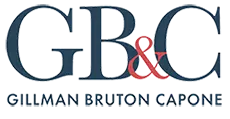The United States Supreme Court has announced, by granting certiorari in two cases from the 11th Circuit, that it will decide an ongoing issue of whether a Debtor in a Chapter 7 Bankruptcy Case may strip off a junior lien that is wholly unsecured. This issue has been addressed numerous times in various Bankruptcy, District and Circuit Courts. The Supreme Court’s decision to grant certiorari appears to acknowledge the importance of resolving an issue which was previously thought resolved but has become open again due to Circuit Court’s disagreement.
This issue arises where a homeowner has two (or more) mortgages on his or her property and the amount owed first mortgage exceeds the value of the Property. Thus, if the property was sold at its current value, there would not be enough funds to payoff the first mortgage in full leaving nothing for the junior mortgage holders.
In a Chapter 13 Bankruptcy case, a Debtor may propose to “cram down” or “strip off” a wholly unsecured second mortgage under the provisions of 11 U.S.C. §1322(b)(2) and §506. Similarly, a a Chapter 13 debtor may propose to “cram down” a partially secured junior lien where it not secured “solely” by the Debtor’s Residence.
Prior to the enactment of the Bankruptcy Abuse and Prevention and Consumer Protection Act (BAPCPA), Bankruptcy Courts seemed decided that there could not be either a “cram down” or “strip off” of a mortgage lien on the debtor’s residence in a Chapter 7 case. In a prior Supreme Court case, Dewsnup v. Timm, 502 U.S. 410 (1992), the Court held that a Chapter 7 Debtor could not propose to affect a partially secured lien under §506(d) by finding that the provisions of the Code, as amended in 1978, did not reflect a change from prior Bankruptcy law which provided that such liens would pass through bankruptcy unaffected. Justice Scalia, in his dissent, felt that the majority found ambiguity in the Code where none actually existed and believed that the Code was clear that liens which were “unsecured” – where the asset to which they attached was worth less than the amount claimed as secured – were voided by the strict provisions of the Code.
Recently, Bankruptcy Courts, District Courts, and several Circuit Courts have faced renewed arguments that the provisions of the Code would allow a Debtor to void a wholly unsecured lien, including that secured by a Debtor’s residence. Most notably, the 11th Circuit Court of Appeals has held that a Chapter 7 Debtor may “strip off” and void a wholly unsecured lien under “the plain language of section 506(d).” McNeal v. GMAC Mortg., (In re McNeal), 735 F.3d 1263, 1265 (11th Cir. Ga. 2012). As the practice of doing so has been struck down in all other Circuits, the Supreme Court has granted certiorari in Bank of America, N.A. v. Caulkett, Case No. 13-1421, and Bank of America, N.A. v. Toledo-Cardona, Case No. 14-163, to review the issue. It would be expected that the Court will issue its decision by the end of the term in June 2015.
As Clients who have “unsecured” second mortgages and would otherwise qualify for a Chapter 7 case, are currently required to file Chapter 13 cases in which they must commit their “disposable income” to their creditors for a period of 3 to 5 years, to discharge wholly unsecured junior mortgages, the Court’s decision to review the issue may have significant impact on options for those facing similar serious debt problems.


